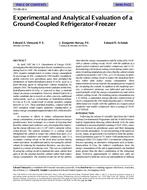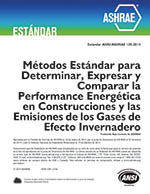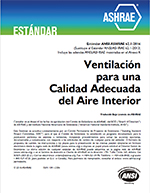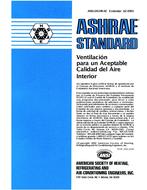Description
In April 1997 the U.S. Department of Energy (DOE) promulgated the third refrigerator-freezer standard in a series dating back to 1990. The standard, which takes effect in July 2001, requires manufacturers to reduce energy consumption by an average of 30%, compared to 1993 models. In addition, global concerns over greenhouse gases have prompted the elimination of hydrochlorofluorocarbon R-141b, used as a foam blowing agent in refrigerator cabinet insulation, by January 2003. The leading replacement candidate at this time, hydrofluorocarbon R-245a, is expected to have a minimal impact on energy consumption. However, should it fail to be a viable candidate due to toxicity or other concerns, additional replacements, such as cyclopentane or hydrofluorocarbons R-134a or R-134, would result in energy penalties ranging from 8% to 12%. These potential penalties, coupled with the 2001 standard, would require appliance manufacturers to reduce energy consumption approximately 40% in the next five years.
In response to efforts to reduce refrigerator-freezer energy consumption, several design options based on using a ground-source heat exchanger as a means of rejecting heat from the cabinet and condenser were investigated for improving the energy efficiency of a 15.5 ft3 (440 L) domestic refrigerator-freezer. The options included (1) a cooling circuit throughout the cabinet to reduce the cabinet heat gain, (2) a liquid-cooled condenser and smaller compressor, and (3) a secondary cooling circuit in the fresh food section during winter operation. An additional option, increasing the cabinet volume by reducing the insulation thickness, was also investigated as a means of reducing costs. This was accomplished by using the cooling circuit to maintain the same cabinet heat gain as for the original baseline cabinet rather than reduce energy consumption. The modeled results for all the options show that the energy consumption could be reduced by 24.0% with a cabinet cooling circuit, 40.4% with the addition of a liquid-cooled condenser and smaller compressor, and 51.1% from utilizing a fresh food cooling circuit during winter operation. Modeling simulations also show that the cabinet volume could be increased by 2.4 ft3 (70 L), a 15.3% increase, by utilizing the cabinet cooling circuit to reduce the insulation thickness rather than reduce energy consumption. These improvements do not account for the pumping power required for circulating the coolant. In addition to the modeling exercise, a laboratory prototype was fabricated and tested to experimentally verify the energy consumption of a unit with a cabinet cooling circuit. The resulting energy consumption was 1.35 kWh/d, a substantial energy-efficiency improvement of 24.0% compared to the 1997 model baseline unit (1.78 kWh/d). Abbreviated test results with the addition of a liquid-cooled condenser and smaller compressor show a savings of 39.9% (1.07 kWh/d).
Units: Dual
Citation: Symposium, ASHRAE Transactions, 1998, Vol. 104, Part 2, Toronto, ON
Product Details
- Published:
- 1998
- Number of Pages:
- 8
- File Size:
- 1 file , 210 KB
- Product Code(s):
- D-7752




